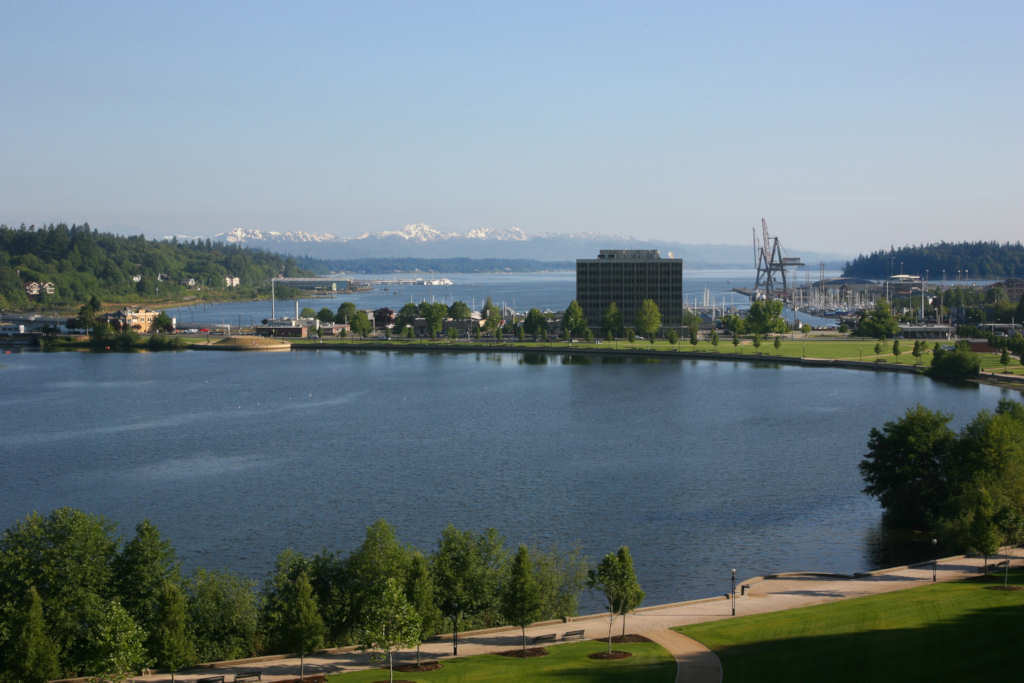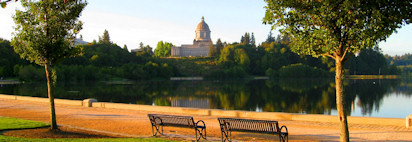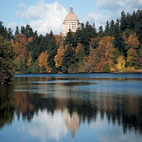Science & Ecology & Capitol Lake
Scientists have examined and raised serious questions about the CLAMP Steering Committee’s conclusions. The Steering Committee’s recommendation relies heavily on cost and water quality, and relied on CLAMP reports that have major flaws.
Costs
The CLAMP reports lacks documentation on the economic impact to local business in our community. Cost differences between dredge costs of a managed lake versus the estuary scenario are invalid.
- They overestimate the cost for maintaining the Lake and underestimate the dredge cost under the estuary; for example: the lower estuary dredge costs assume that initial and subsequent dredge spoils would be placed on adjacent or nearby locations in the Olympia Harbor. The Lake sediments on the other hand are proposed to all go by rail to upland disposal site.
- The lower estuary costs also assume that 30% of the annual sediment load bypasses the Olympia Harbor. They do not say where, but it will end up just a little farther down-stream toward Dofflemeyer and Cooper Points.
- The lower estuary cost did not include the extra cost associated with sudden and unpredictable flood events. They assume that all sedimentation is deposited in a regular fashion. In reality, the USGS Hydraulic & Sediment Transport study revealed that 85% of the sediments comes in major storm events which are not predicable.
- The costs of maintaining or "re-estoration" of the estuary are not included.
- The negative cost to the Olympia waterfront is not included. It is estimated that area will suffer losses of more than 2 million dollars a year if the marinas are unable to operate, boat repair services fail and downtown business suffer the lost of visitors who come to the waterfront to enjoy its ambiance.
Water quality
It is interesting to note that CLAMP documents addressing the water quality issue strive to lead the reader to conclude that all of the lake is listed on the Federal 303(d) listing of impaired waters. In actuality, only the south arm has that designation.
- The early CLAMP reports indicate water quality of a managed lake would never allow public swimming. It should be pointed out that the ongoing water quality monitoring by the County has consistently found that the water of the North Basin meets both local and state standards for bathing.
- Weeds and algae are a problem that can be mitigated with a proper management program.
- Reports that deal with Deschutes River pollutants indicate that the source of these pollutants is from up stream, in some cases above Offutt Lake.
- Address these pollutants at the source . . . not by attempts to solve the problem at the destination.
Sediment Management and Dredging
The managed lake option is the best alternative for managing the Deschutes River’s annual sediment load. This insures the continued viability of water dependent and public uses of the Olympia Harbor. Capitol Lake is a huge sediment trap. The lake has the capacity to handle large surges of sediments associated with major flood events.
- Dredging can be done in a predictable and orderly manner.
- Frequency of dredging is stretched out over longer time periods
- Permitting lead time is less critical.
- Sediment management is centered in one governmental agency.
Maintain the Lake
- Capitol Lake had a partial dredge in 1986.
- Heritage Park is near completion.
- The lake is less than two feet deep in many places.
- Milfoil and purple loss strife has been well managed.
- Goose population has been controlled by shoreline management.
- Percival Creek fish rearing pond has been closed.
- Salmon negotiate the falls due to man-made fish ladders, which were not possible before the creation of the Capitol Lake dam.
The C.L.A.M.P. Study Omissions
The CLAMP study did not take a serious or sincere look at "managing" the Lake.
- The scope of their study focused primarily on periodic maintenance dredging and milfoil control.
- They did not consider additional options such as weed harvesting, aeration applications or strategic placement of dredge spoils within the basin to improve water circulation or habitat.
The Public Vision
- Imagine an aeration system consisting of a fountain / water fall system in the North Basin. The effect would be similar to the water features at the Butchart Gardens or the Bellagio Hotel !
- The 2002 Public Vision was given to the CLAMP Steering Committee, but did not get included in the CLAMP Plan. This VISION was all about what could be done to improve Capitol Lake.
Science & Ecology & Capitol Lake
by: CLIPA Capitol Lake Improvement & Protection Assn. - March 2010Scientists have examined and raised serious questions about the CLAMP Steering Committee’s conclusions.


